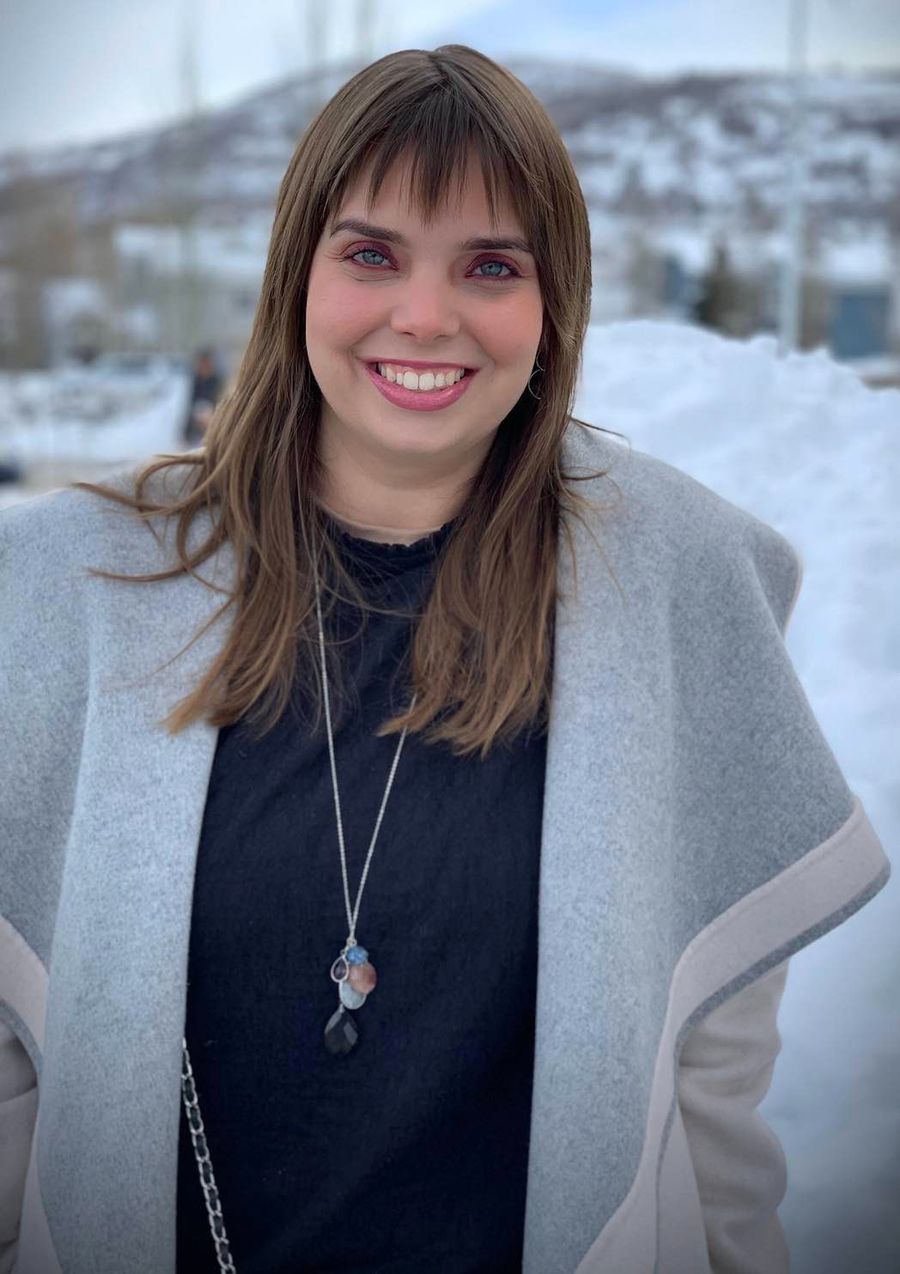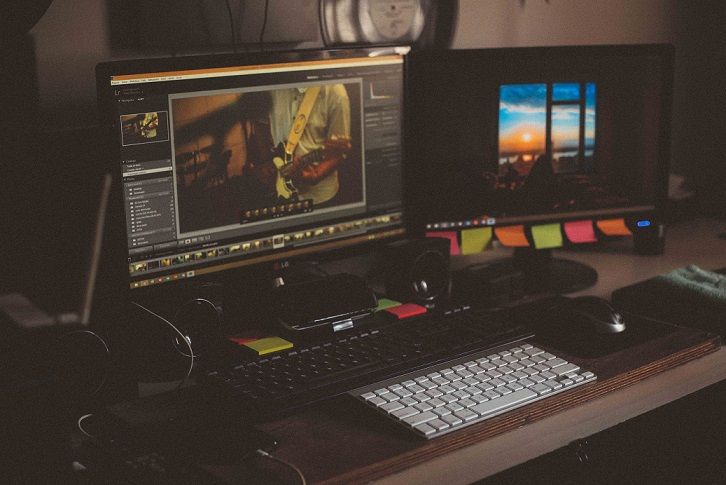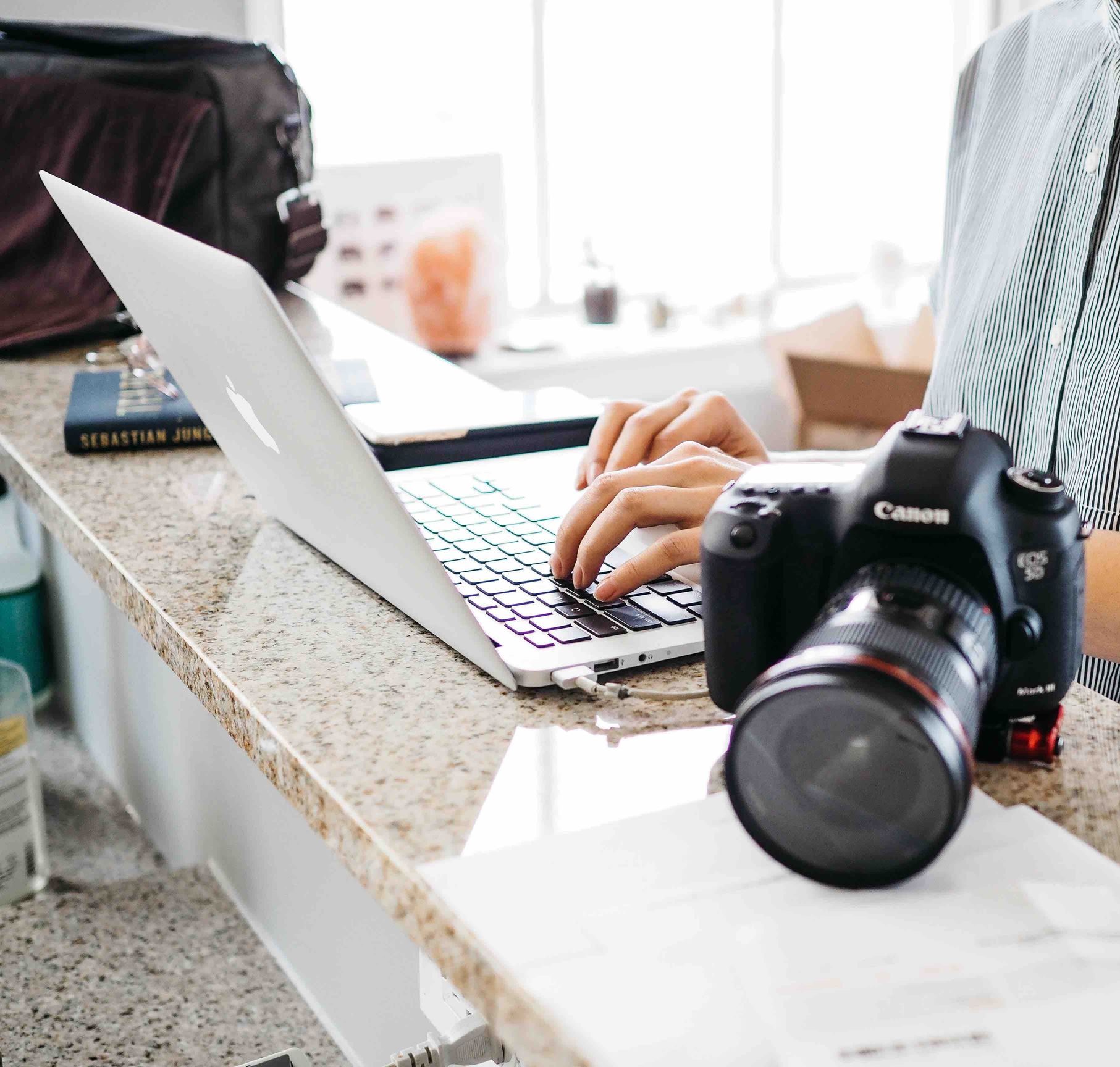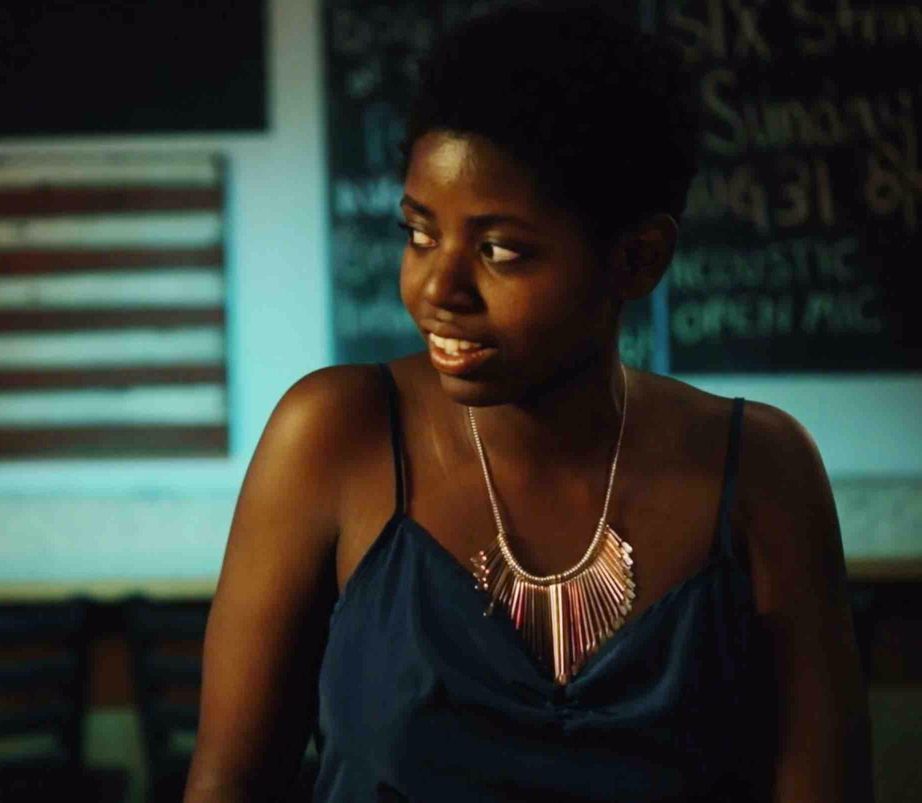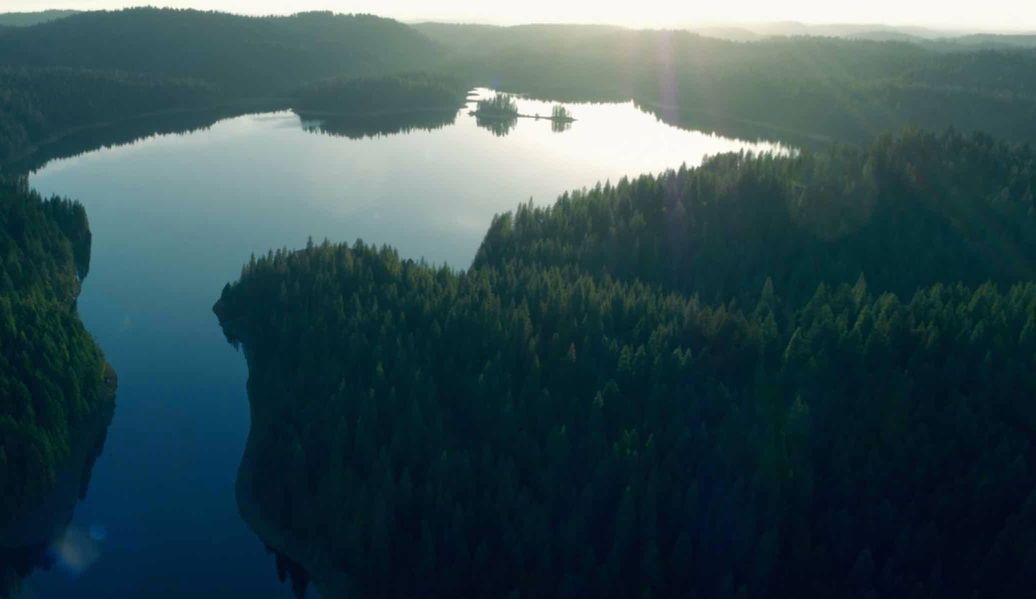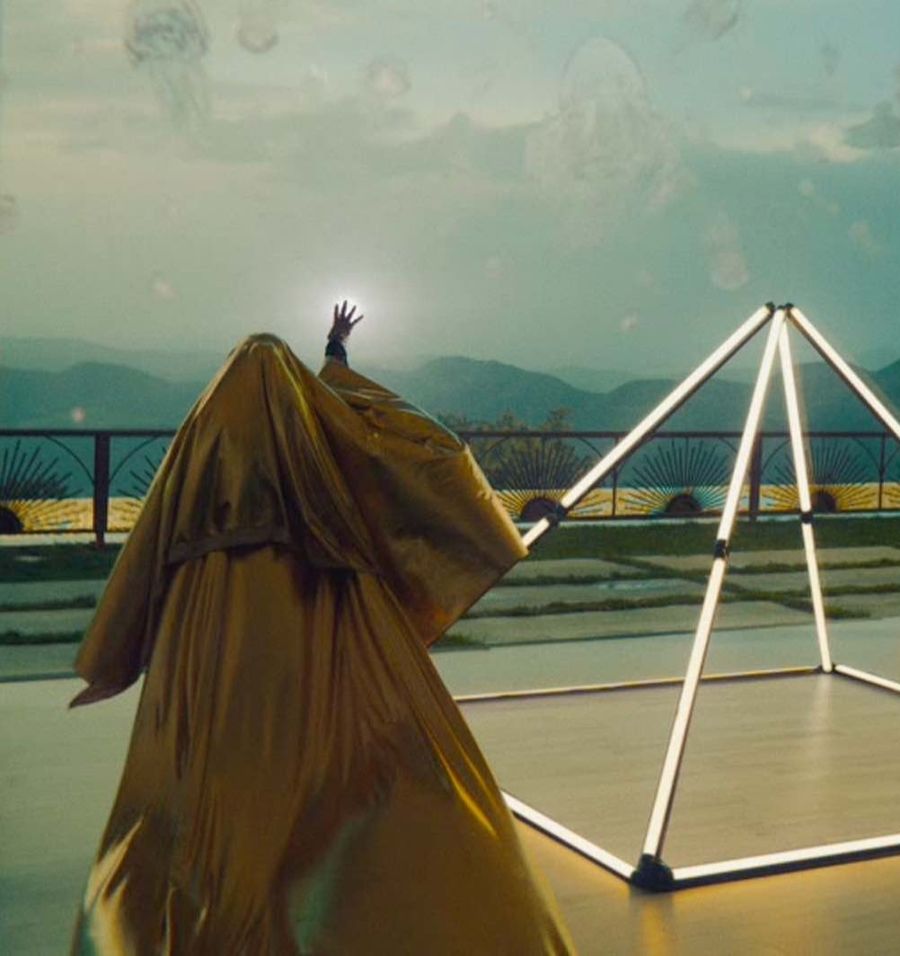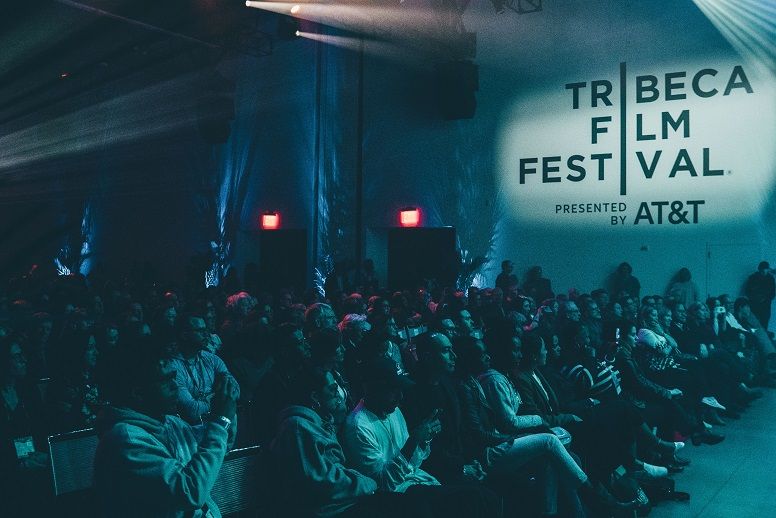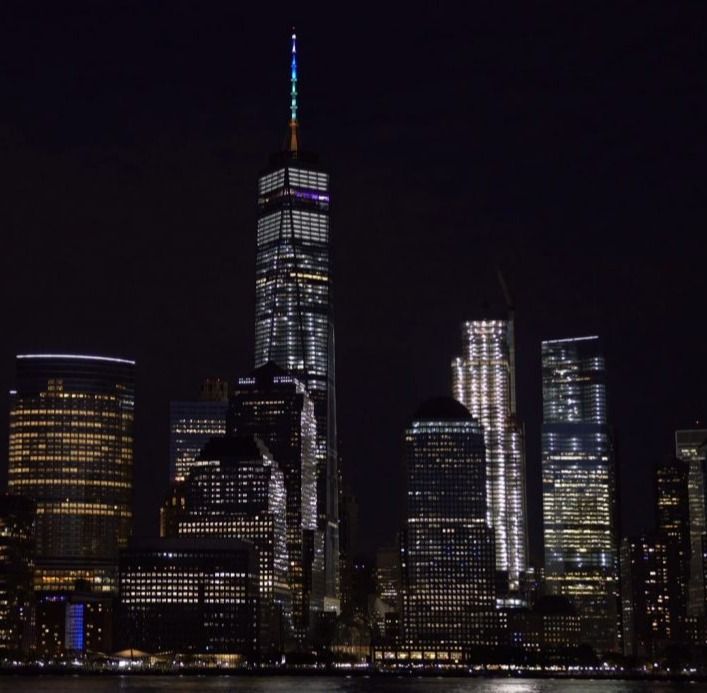Congrats! The project that you directed finally wrapped shooting and you had a great time at the wrap party—but don’t celebrate too much too soon, because the work isn’t over yet. The post-production process may seem like it simply entails the director becoming a mole-person to work with the post-production crew and not seeing the light of day until several months later. While that is partially true, there’s a lot more to know about post-production work than a potential loss in Vitamin D.
Here’s everything that directors should know about working with an editor—as broken down by Honey Boy’s own editor extraordinaire Mónica Salazar. Prepare for the post-production process now, and soon enough, you will emerge from the editing cave triumphant (and with a film that’s even better than you ever imagined)!
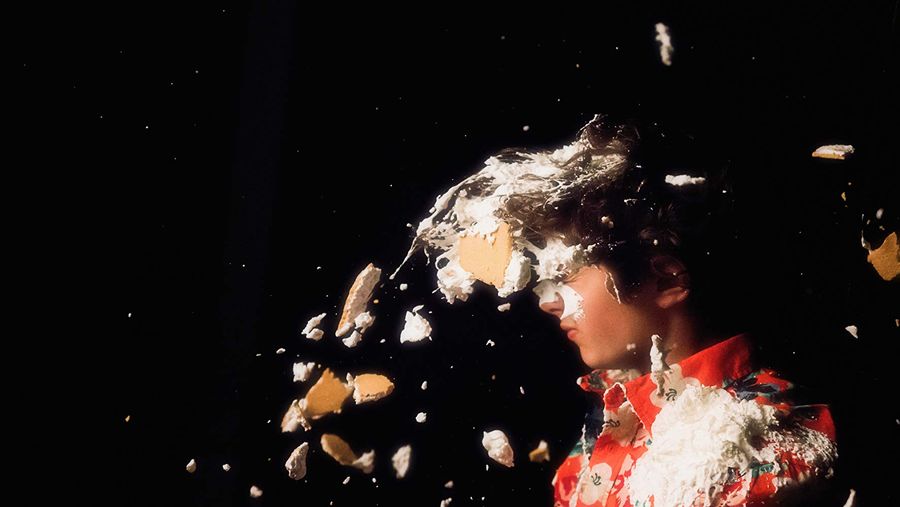
THE BASICS
When should you bring an editor onto your project?
Mónica Salazar: The earlier an editor is brought on board to a project, the better. The interview stage is usually the only time one gets a good sense of personality. The biggest question to ask is: Can I be in a room with this person for 12 hours, 5 days a week? It is very common that the interview is as far as the relationship goes before editor and director meet again in the edit room after the film has been shot.
In an ideal world it would be very beneficial for the director and editor to have a one-on-one meeting regarding the script, visual references, ideas, and coverage. This conversation will inform the editor’s decisions as they put together the first cut of the film (which usually happens at the same time as production). The meeting also might inform the director’s decisions regarding coverage, since the editor will be able to bring attention to any missing footage while production is still going.
What materials should you bring to your editor?
Some directors build music playlists that inspire them or inspired the film, which might inform the editor about the tone of the movie. References for movies and/or scenes are also a good resource.
Once in the editing room, it is very useful to have scene cards that serve as a visual representation of the movie. They are a great way to plan any restructures ahead of time and to use as a guide when discussing the edit.
What files should you bring to your editor?
Ideally, a dailies lab is hired and they prepare the footage, they sync it, and they prepare the session. The editor receives sound files from set and the transcript picture that is a lower resolution of the original raw footage that was shot.
So the director, aside from bringing music ideas, references, and paperwork from set, doesn’t have to worry about all that technical fun stuff. The director brings paperwork like call sheets, the script supervisor’s notes, and all the reports (camera reports, sound reports, etc) that were done on set so that you can cross-reference that you have all the files.
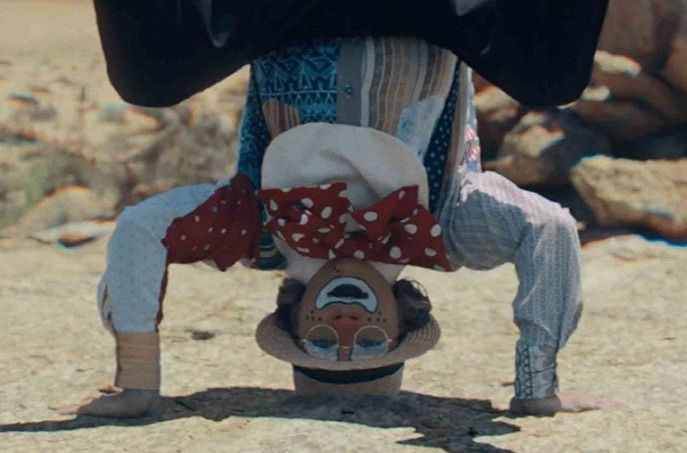
How creatively involved should you expect the editor to be in terms of shaping story?
Very. An editor is a creative partner and collaborator. They are there to help tell the story in the best possible way. It’s frequently said that a movie is written three times: first on page, second on set, and third in the edit room. Usually, a writer and director have their own idea of what the movie should and will be. But the editor sees what’s available and shows what the movie wants to be. It’s my personal belief that the editor is there to listen to the footage—what was captured—and work along with the director to give it its final voice. Sometimes the footage, after it’s been recorded, has a voice of its own. And it really is about finding that voice altogether.
Editors will always make suggestions and try stuff. If they see that there is something in there that the director didn’t see before, the editor opens a conversation with the director about the story and the cut. At the end of the day, the director has the last say.
COLLABORATIVE LANGUAGE
How can you most effectively communicate your vision with an editor (script, storyboard, etc.)?
Everybody has different ways of communicating, and emotion tends to be what works for me. The most common questions that help express a vision are: How should the scene make the audience feel? Why is this scene important? What are the story beats you need to emphasize? What was the intent when shooting the scene? If that is not coming across, what can we do to tell this story differently?
What are some technical terms/post-production jargon you should learn to communicate with an editor?
Everyone has different terms. Some are even food-related, like “Breakfast or dinner?” I’m going to go over the very basics, which can be very useful when sitting on a couch trying to make sense of all the options available during the edit.
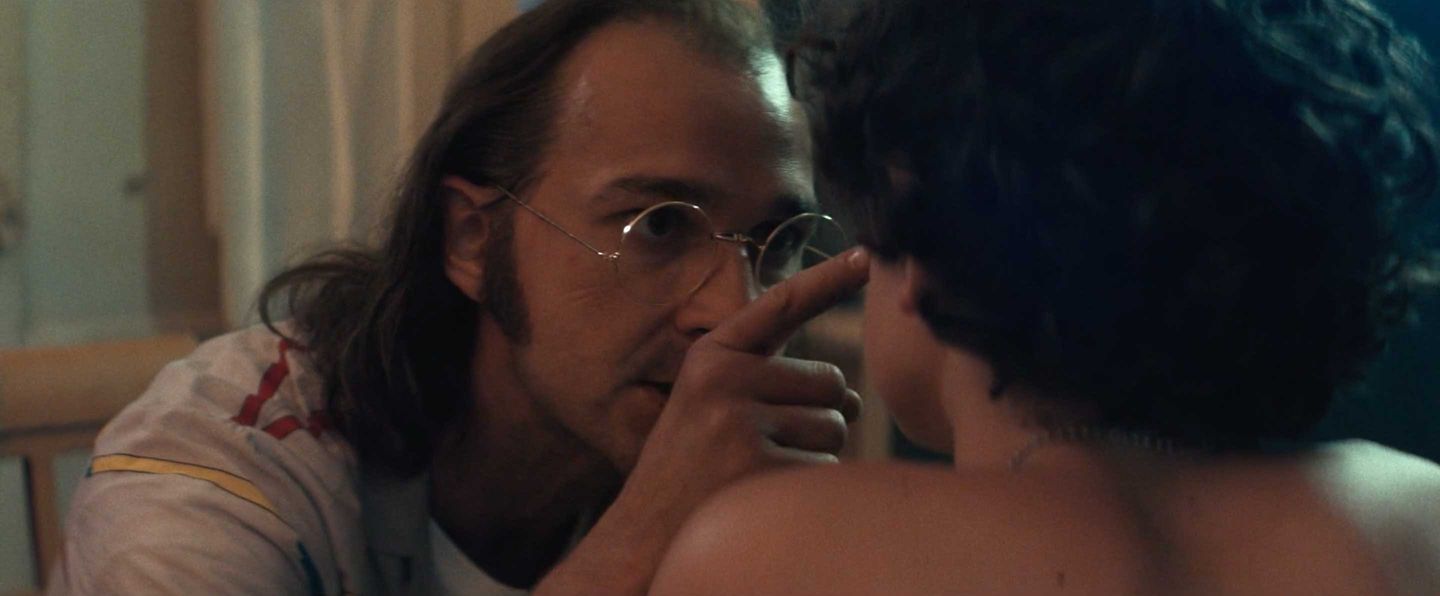
For when talking about footage and when you want to watch other takes:
Setups (or coverage): This refers to how many different camera angles you have for one scene. For example, in a traditional two-person scene there is a master, a two shot, and two closeups covering your actors. So you have a total of four setups: 1 – master; 1A – two shot; 1B – CU character X; 1C – CU character Y. Each setup can have multiple takes.
Takes: the amount of times you rolled on each set up (e.g., 1A take 3).
Series: when the same action is covered multiple times within one shot.
Dailies/Rushes: the string out of all the footage shot. They are commonly divided by day and by scenes.
For when talking about the execution of cuts:
In and out: where a shot starts and where it ends. It describes the very basics of editing.
Adding head or tail: extending the length of the shot in the cut, either at the start of the clip or the end of the clip. This will add to the total running time.
Roll over the previous or next shot: changing the length of a shot in the cut by taking time away from its neighboring shots. Rolling over will change the ins and outs of the shots, but will not affect the total running time of the film.
Roll within the shot: changes the in and out of a particular shot in the timeline within itself. This will not affect the neighboring shots or the total running time of the film.
Breakfast and Dinner: Some people use these terms to specify in which direction they want a shot to roll into. Moving things earlier (left) is referred to breakfast, later (right) dinner. This is surprisingly useful language when rolling within a shot.
For audio edits:
Pre-lap (or J-cut for the way it looks in the timeline): for when you want to listen the incoming shot or scene before you actually see it.
Carry into (or L-cut): for when you want the sound to continue onto the next shot or scene.
For audio effects:
Reverb: The term for when you want the audio to have an echo-y sound to it. Reverb can be really intense and create a sense of dreaminess, or very subtle and realistic to create a sense of spatial relations.
What are some common misconceptions about what editors do (i.e., what are some jobs people assume editors do, but belong to people in other roles)?
Nowadays, with non-linear editing software expanding its capabilities of what can be done within Avid or Premiere, people expect editors to polish a cut with really detailed sound design and mix, music, temp VFX, and even color correction—these are separate parts of the post-production process, with professionals who specialize in those areas. While it is useful to add these things to help tell the story, someone will eventually perform these tasks ten-times better. A picture editor’s main focus is picture, and while we do add all those extra layers to our cuts, sometimes those things end in the backseat of what we do.
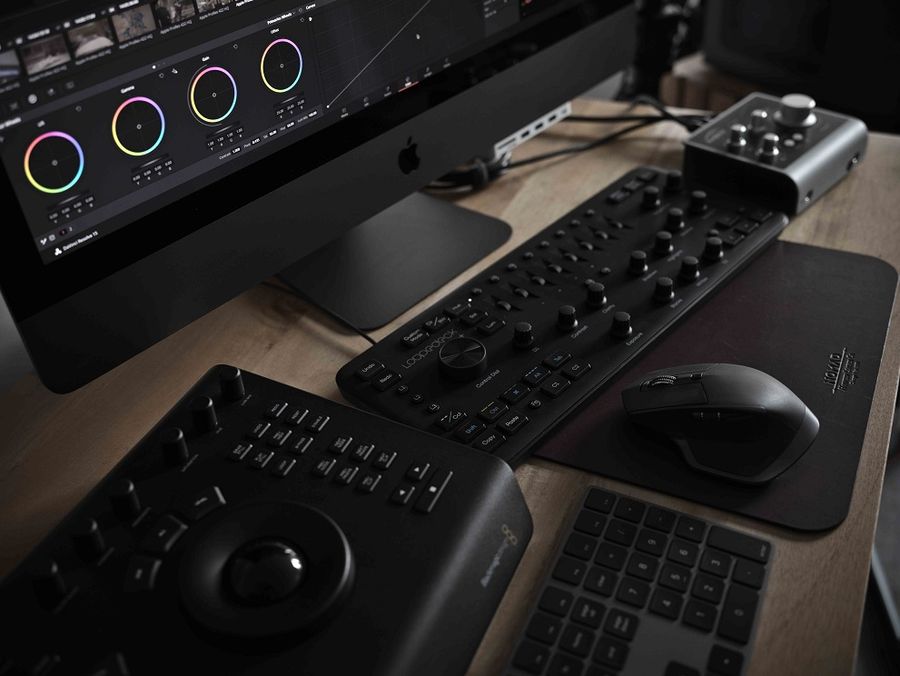
THE SESSION
What should you expect in an editing session? What's a day like?
Usually a director will arrive to the edit room and there will be a first cut of the movie already assembled. In the beginning stages of the director’s cut, both director and editor go through the scenes, look for alternate performances, shorten the scenes to what really needs to be there, and discuss potential restructures and scenes that could be cut out of the film.
As the edit progresses, the conversation starts expanding to other stages of post-production that will be part of the finishing of the film: graphics/title sequences, sound design, visual effects, color correction, and score. Depending on the budget of the film, sometimes these stages don’t start until the edit has been “picture locked,” assuring that there will be no changes and all picture decisions are final. However, it is encouraged to do certain processes in parallel to the edit as they might affect the timing of the movie. For example, the score from your composer can inform if you want to hold on a look for a beat longer; opening titles or graphics over picture can affect the timing and placement of shots; picture elements added through visual effects might affect the timing of a shot. Ideally, these elements are decided in conversations before the picture has been locked, and provide the director and editor with creative freedom to make the best film possible.
What other departments do the editors work with (i.e., music, color, sound etc.)? How do they work together?
Editorial is the hub to all post-production processes. All the materials come out of the edit room, and usually come back to the room during their early stages for review. All the departments depend on having the latest version of the cut available, and that is when a strong assistant editor who has a strong understanding of all post-production workflows is of great benefit.
How much time does an editor typically need to finish a feature? A short? A TV episode?
Every project is different. Each one has its own challenges and schedules. I’ve heard people say a movie is never done, just taken away. I believe there is a bit of truth in there, but there is such thing as overthinking the edit and overdoing it. I guess the trick is in understanding when it is time to call it done.
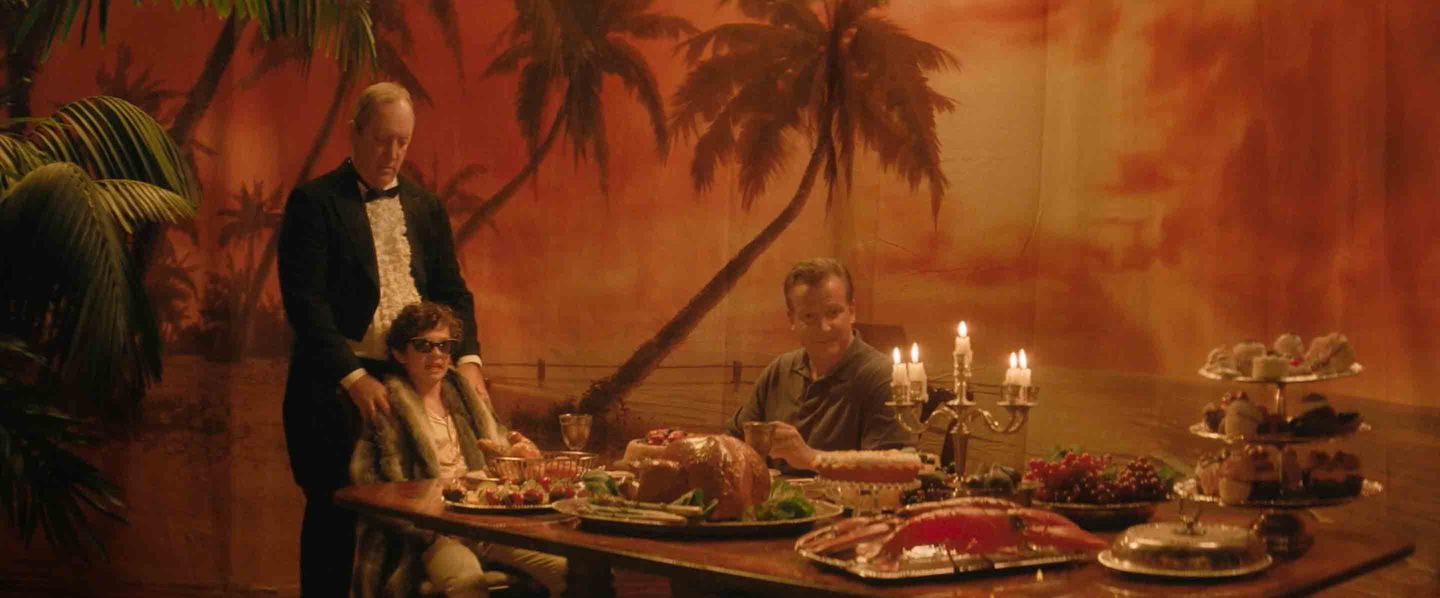
WHAT TO EXPECT AFTER THE SESSION
What are the next steps after a film is edited and picture locked?
After picture lock, the film will go on to the sound and color stages, both usually happening at the same time in different places.
The sound team will cut in sound effects and build the world through sound design. The composer will finish writing the score to the final picture and record the live instruments in a recording session. You should have your final pieces of score by the time you get to the sound mixing stage, where all the elements (dialogue, sound effects, and music) will be mixed to picture. The most typical mixes nowadays are: 5.1, 7,1 and Atmos. The choice between which one is the right format for your film depends on various things, like: What makes sense and is needed to tell your story? In many occasions, mix format comes down to budget and distribution plans.
Meanwhile, the picture goes through the digital intermediate process (also referred to as “DI online” for the workflow of reconnecting all the lower resolution files from editorial to the master RAW files recorded by the camera, or color correction). It's during this stage that the colorist—in collaboration with the director and director of photography—go through the cut, shot by shot, and adjust the color levels to make sure the look of the film is consistent. This is also the stage in which the look, mood, and texture of the footage is enhanced—completing the style the cinematographer intended while shooting on set.
Finally, the final sound mix and final picture files are merged, and voila! You have a movie!
